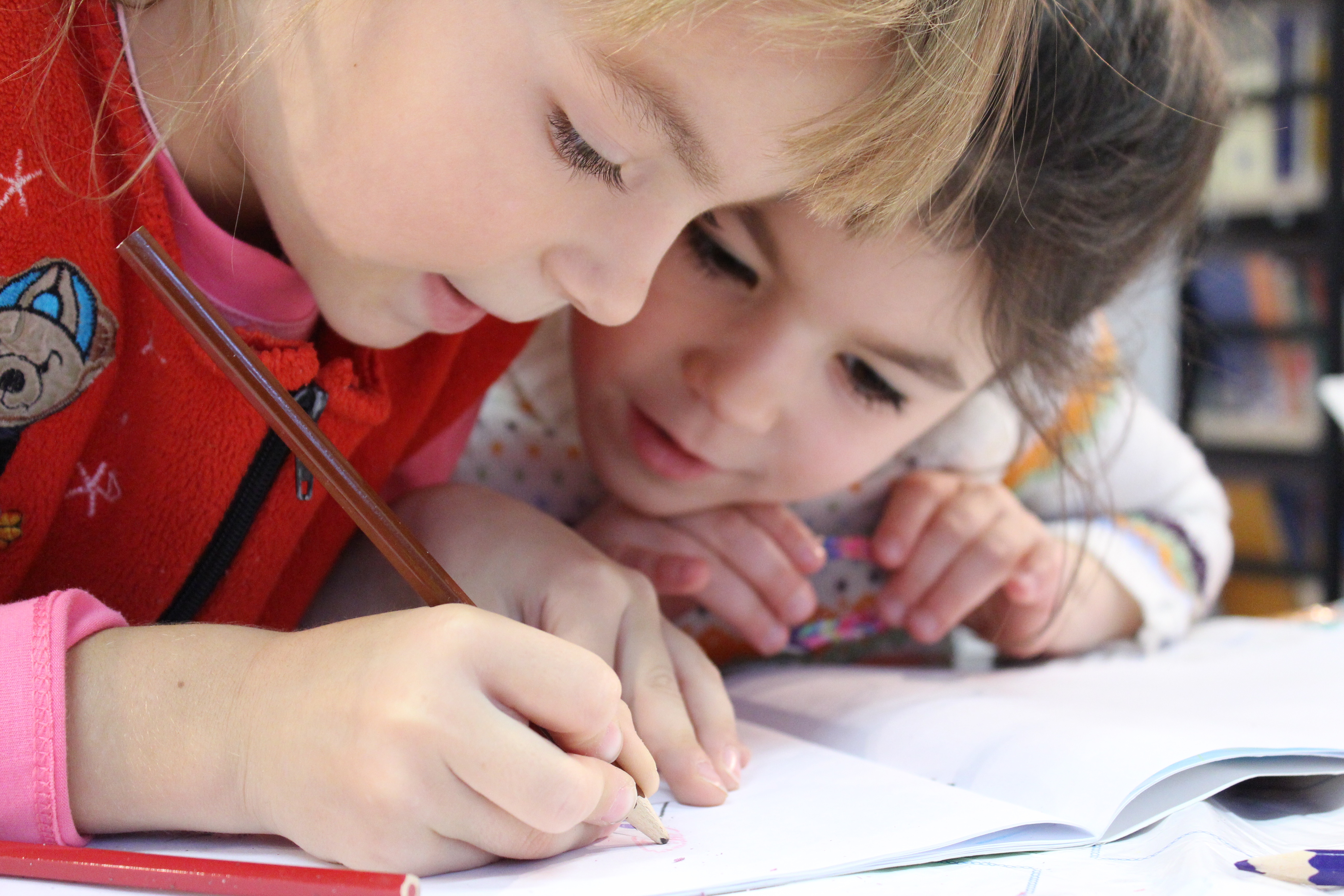
What are the Multiple Intelligences and How to Teach Them
 No student is a purely one-dimensional learner. Indeed, every young person has a unique mind. While we often generalize and throw around terms like “auditory learner” or “visual learner,” the truth is that there are more than just two or three ways of learning, and young people are likely to overlap in how they learn and what style works best for them.
No student is a purely one-dimensional learner. Indeed, every young person has a unique mind. While we often generalize and throw around terms like “auditory learner” or “visual learner,” the truth is that there are more than just two or three ways of learning, and young people are likely to overlap in how they learn and what style works best for them.
According to developmental psychologist Howard Gardner of Harvard, who identified seven distinct intelligences, we all utilize multiple intelligences, but where we differ is “in the strength of these intelligences.”
The best teachers and tutors have a deep understanding of these intelligences and can apply them in creative ways to best serve students. Below, we will summarize Gardner’s intelligences and discuss how they function in the learning environment.
Visual-Spatial: This type of student is very aware of his environment. So not only is the physical location and atmosphere of learning important in this case, so too, is a focus on physical imagery. That means using drawings, puzzles, graphics, charts, video, and multimedia is important in reaching this type of learner.
How to make it work: Put thought into the room itself and make learning eye-catching (classrooms that are thoughtfully decorated and heavy on graphics and interesting imagery will really pull in the visual-spatial learner.)
Bodily-Kinesthetic: This student possesses a keen sense of body awareness, with a tendency to enjoy and learn best through movement. Projects that entail creating, hands-on activities, acting and role-playing can really inspire this type of learner.
How to make it work: Remember that learning doesn’t always happen while sitting at a desk. Allow and encourage students to move around the room and communicate using their bodies. Keep in mind that a great majority of a student’s day is spent sitting still, so movement can really get the brain juices flowing and create new paths to learning.
Musical: The musical learner is sensitive to sound and rhythm. It’s not just about “music,” but rather “sound” in general. This student may thrive while working to a musical beat or studying while tapping her pencil or thinking in rhythm to a sound.
How to make it work: Play music in the background while studying, utilize background noise like ambient sounds or wave machines. Don’t assume the student who wants to study with background noise won’t be able to focus—it may be that this is exactly how she can focus!
Interpersonal: This type of learner is all about interaction. This is the student who is outgoing and talkative, and who thrives in group activities and the sharing of information. It’s a no-brainer that teachers who incorporate group work into classes have a better chance of reaching this learner.
How to make it work: Keep interaction in mind when working with this student. Their growth and development in the classroom relies on their ability to work with others, so it’s important that we offer the opportunity to learn beyond just silent, solitary notetaking.
Intrapersonal: This student is more on the shy side: she prefers working alone and is highly empathic and tuned into her inner feelings. Not antisocial, but rather hesitant to throw herself into a group setting, this student thrives on independent study and quiet reflection.
How to make it work: Don’t try to force this student into an uncomfortable situation. For example, she will work better with a one-to-one tutor than in a group. As with all the intelligences, creating the right, non-judgmental environment for learning is key.
Linguistic: This is the bookworm who enjoys reading, narrative and wordplay. This student’s happy place is in stories, poems, song lyrics, and word games.
How to make it work: Keep in mind that narrative learning is not relegated only to English classes. This learner can thrive in history-related subjects and will benefit greatly from a language-focus even in more science or math-related classes. When, for instance, teaching subtraction or addition, a story using two characters will resonate with the linguistic learner.
Logical-Mathematical: This student loves to think conceptually, abstractly, and does well with reasoning and calculating. Teaching concepts and then extending knowledge through games and projects works great with the logical learner.
How to make it work: Keep the rational mind at the forefront; this student likes to problem-solve, so activities like puzzles, riddles, logic games, and experiments can work really well.
Bringing it all together: It may sound challenging to teach all seven of these intelligences. But, luckily, we live in a word of multimedia and cross-pollination of subjects and topics, allowing us to reach learners of all different intelligences. Creativity and flexibility are vital in keeping the different types of learners engaged and interested. At iAchieve Learning, our tutors are tuned in to the many different ways students learn and ready to apply the multiple intelligences to best help our students.
Written by Phil Lane
Contact us today to discuss how iAchieve Learning can match the perfect tutor for your child’s learning style.
RELATED POSTS
On the Same Team: How to Build Rapport Between Student and Tutor
Adaptive Teaching: Mixing It Up
5 Tips for Parents Seeking Additional Support for their Children



